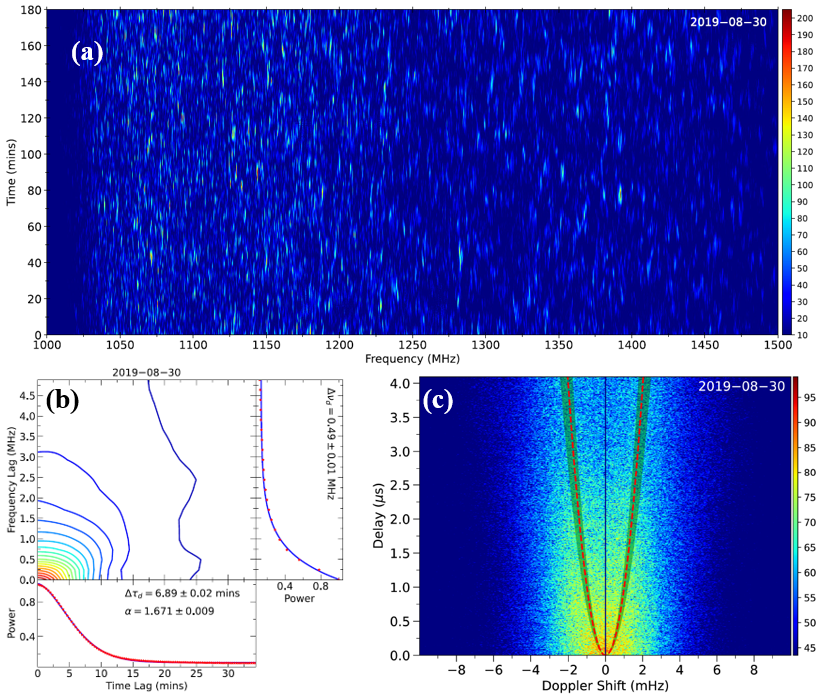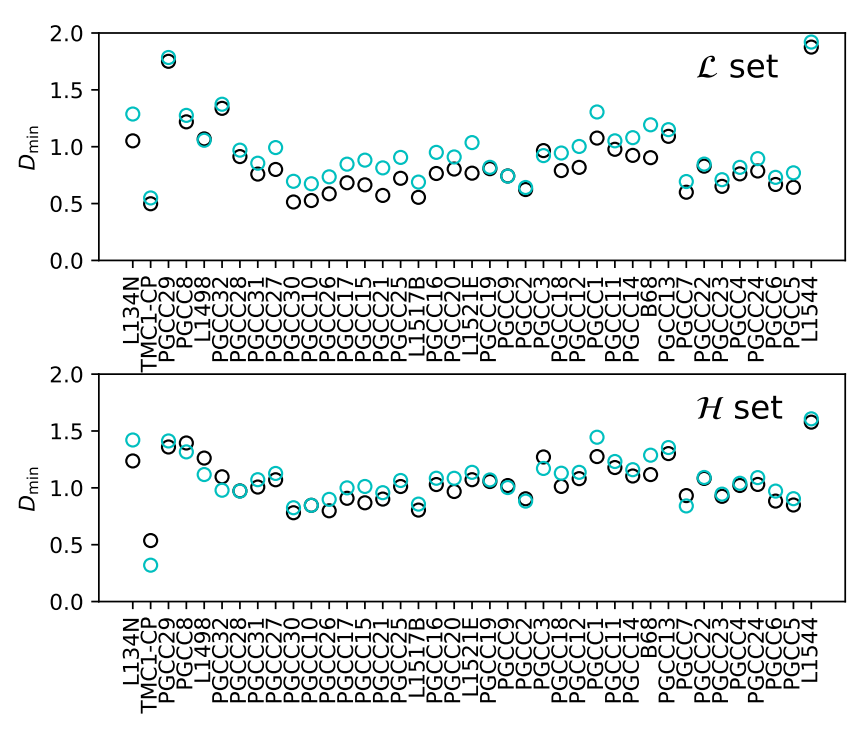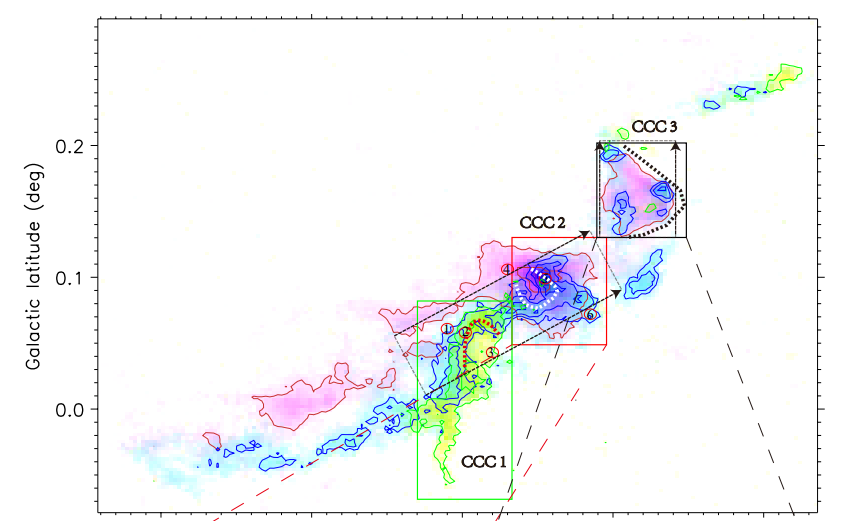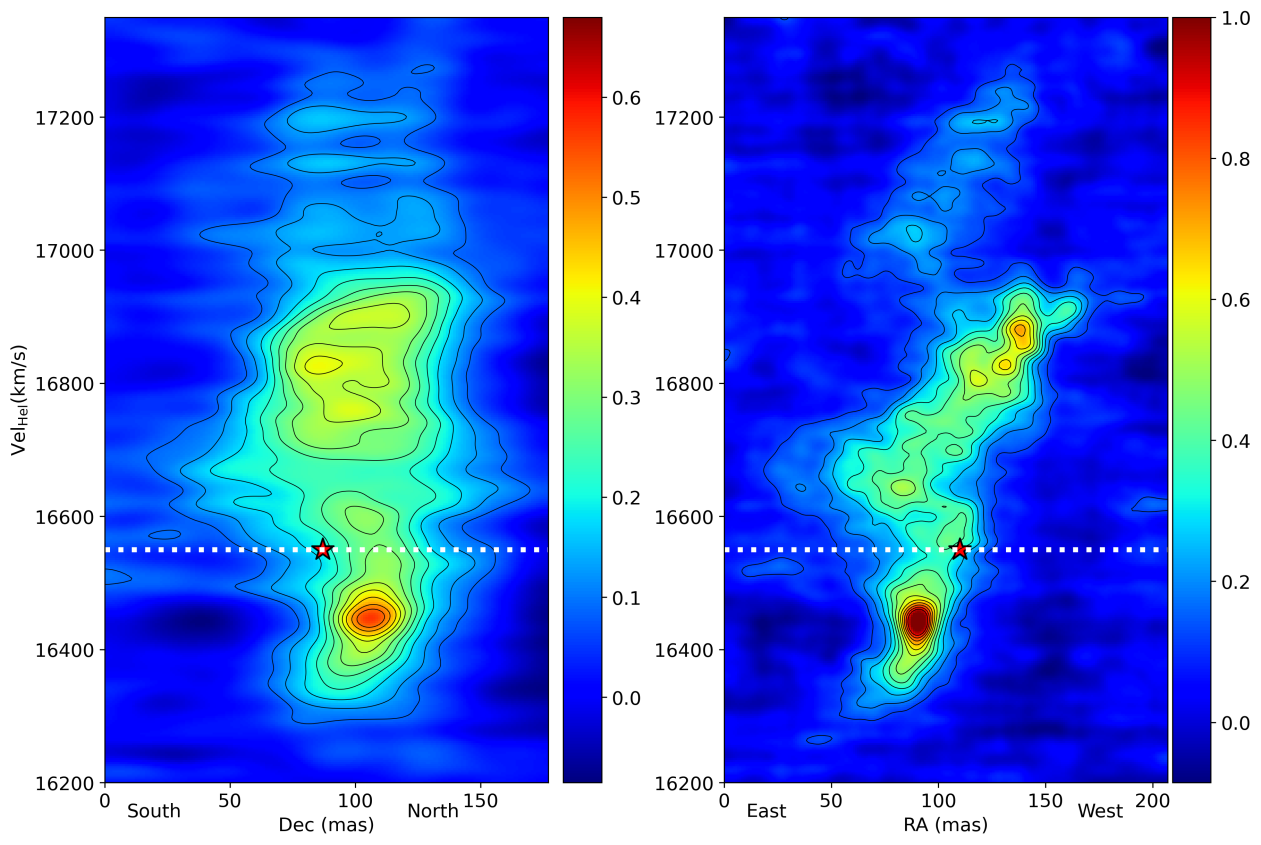Nov 25, 2025
Unveiling Sibling Star Clusters in the Milky Way: New Advances in Systematic Identification and Classification
Researchers have carried out a large, systematic study of binary open clusters in the Milky Way.Stars usually form in clusters, and such clusters can also form in pairs or groups. Binary clusters (BCs), defined as pairs of open clusters closely associated both in position and kinematics. Their formation records how stars arise with...







